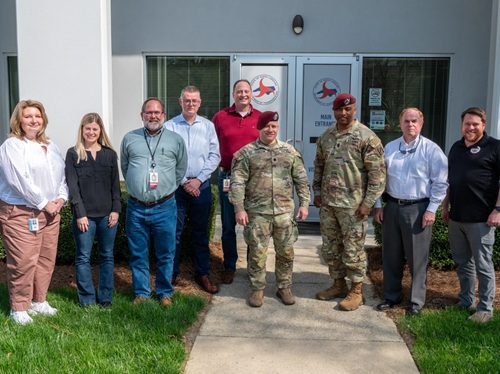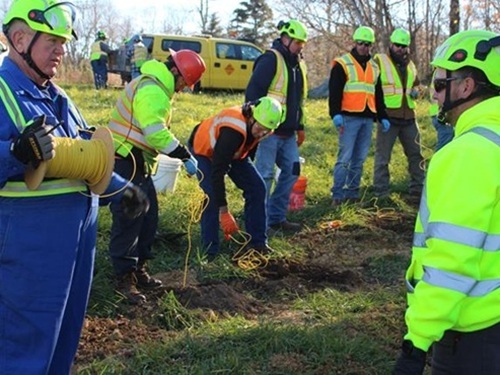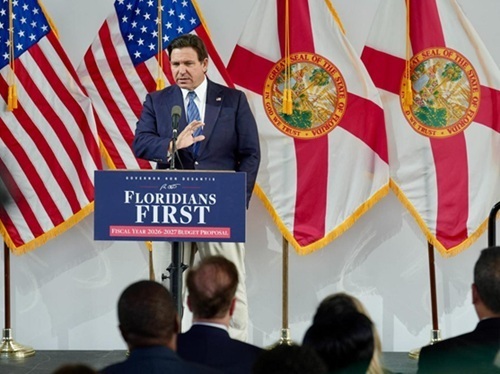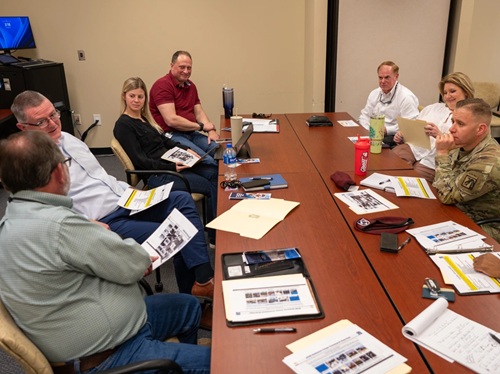Transportation planners from U.S. Army’s XVIII Airborne Corps and FORSCOM Installation Deployment Support Team recently met with leaders from North Carolina Department of Transportation in Raleigh, NC, to coordinate movement operations in times of war or for disaster relief operations.
[Above photo by Sgt. Jacob Bradford, XVIII Airborne Corps Public Affairs]
The meeting also addressed “logistical points of friction” across the state’s infrastructure. From highways and bridges to railheads and seaports, this infrastructure can make or break movement of critical aide and equipment, explained U.S. Army Lt. Col. David Hamilton with the chief transportation office or CTO of the XVIII Airborne Corps.
“Our ability to move forces quickly and effectively depends on the relationships we build with our transportation partners,” he said in a statement. “Meetings like this ensure we’re prepared to act decisively when it matters most.”
[Editor’s note: Across the country, state department of transportation regularly interact with different branches of the U.S. military for a variety of missions. For example, in 2023, the Wyoming Department of Transportation closedtwo highways were closed for military aircraft landing and takeoff training exercises.]
Participants discussed permitting processes for oversized/overweight vehicles and emergency response coordination—especially in the wake of Hurricane Helene. Hauling D9 bulldozers into western North Carolina for debris clearing was initially a challenge for logisticians at Fort Bragg because of the equipment’s weight and height.

“We can usually find common ground,” said Ben Hinnant, NCDOT’s lead for oversized/overweight permitting. “But we need specifics—axle weights, dimensions, and preferred routes—to keep operations both safe and legal.”
The biggest takeaway from the meeting? That the permitting process can be fast as long as the right information is provided to NCDOT. U.S. Army transportation leaders also discussed lessons learned from the activation of soldiers during hurricane disaster relief, stressing that defining “clear roles and responsibilities” are essential to getting the resources to those in need.
“This meeting allows us to peel back the layers,” said Sgt. Maj. Eddie Taylor, senior enlisted advisor to the XVIII Airborne Corps’ CTO. “Whether it’s convoy approvals, emergency waivers, or knowing who to call, building these relationships now keeps us moving when the pressure is on.”
“Readiness doesn’t happen in a vacuum,” Lt. Col. Hamilton added. “It takes daily coordination with our civilian partners to make sure we can execute—whether it’s warfighting, humanitarian assistance, or disaster relief.”
 States
States
NCDOT Staff Participate in ‘Explosive’ Technical Training
December 19, 2025 States
States

